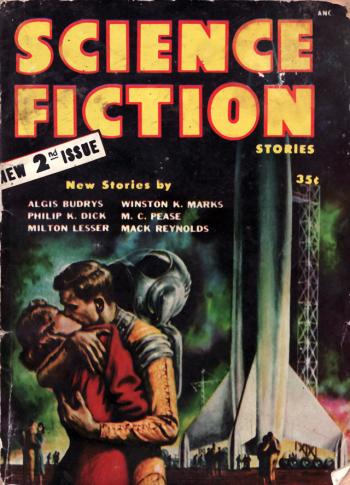Serendip is an independent site partnering with faculty at multiple colleges and universities around the world. Happy exploring!
genre

Science Fiction and the Multi-Genreverse of Doom

This is not just about Star Wars, Dune, or exploding spaceships. This is not just about scantily-clad princesses in high-tech towers, Captain Kirk, or the robot apocalypse. Science-fiction is a genre that encompasses almost every other genre there is. It crosses mediums: television, radio, video games, books, graphic novels, comics, movies... It can be about the future or the past, our humanity or lack-there-of, or the comedy or drama or dramatic comedy of our lives.


